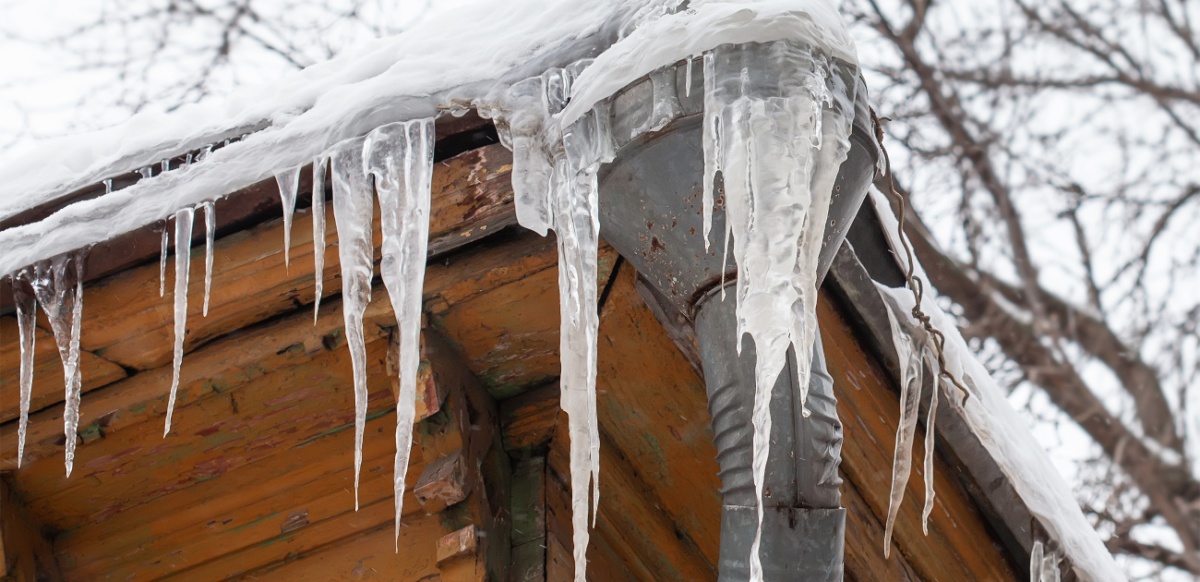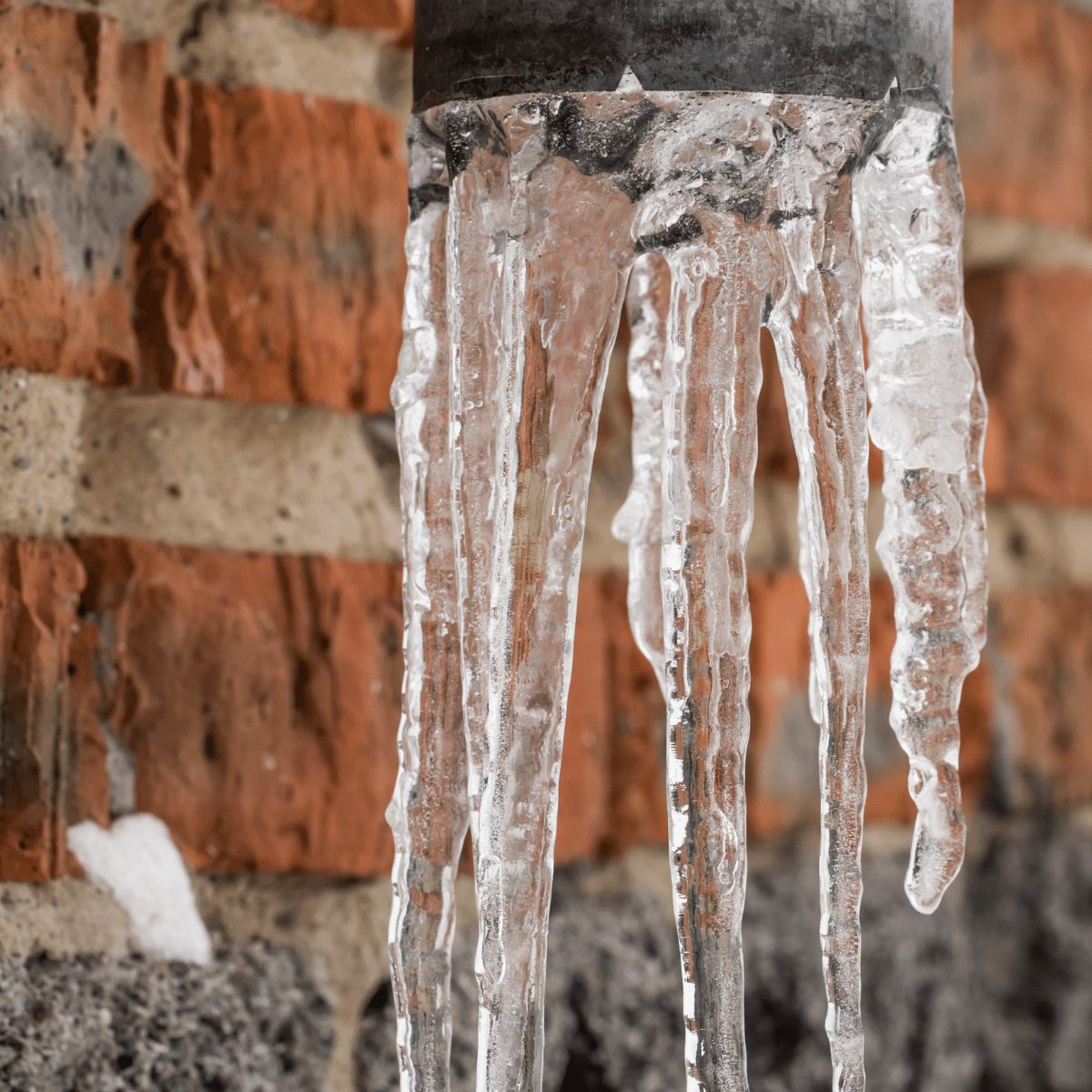How to Protect Your Plumbing from Freezing: Essential Tips
How to Protect Your Plumbing from Freezing: Essential Tips
Blog Article
Do you find yourself in search of critical information concerning Preventing and dealing with frozen pipes?

Cold weather can damage your plumbing, particularly by freezing pipes. Below's just how to stop it from occurring and what to do if it does.
Introduction
As temperature levels decline, the risk of icy pipelines rises, possibly causing pricey repair work and water damage. Comprehending exactly how to prevent frozen pipes is important for home owners in cool environments.
Avoidance Tips
Shielding prone pipes
Cover pipelines in insulation sleeves or utilize warm tape to secure them from freezing temperatures. Focus on pipelines in unheated or exterior locations of the home.
Home heating strategies
Maintain interior areas adequately heated up, specifically locations with pipes. Open closet doors to enable warm air to distribute around pipes under sinks.
Just how to recognize frozen pipes
Seek reduced water flow from taps, unusual smells or sounds from pipelines, and noticeable frost on exposed pipes.
Long-Term Solutions
Structural adjustments
Think about rerouting pipes away from exterior walls or unheated areas. Include extra insulation to attics, basements, and crawl spaces.
Updating insulation
Invest in high-grade insulation for pipelines, attics, and walls. Appropriate insulation helps keep constant temperatures and reduces the threat of icy pipelines.
Securing Outdoor Plumbing
Yard hose pipes and outside faucets
Disconnect and drain garden hoses prior to winter season. Set up frost-proof faucets or cover exterior faucets with insulated caps.
Comprehending Icy Pipelines
What creates pipes to ice up?
Pipelines ice up when exposed to temperature levels below 32 ° F (0 ° C) for expanded durations. As water inside the pipes ices up, it expands, putting pressure on the pipeline walls and potentially creating them to burst.
Risks and problems
Icy pipes can lead to water supply interruptions, residential property damages, and costly repair work. Ruptured pipes can flooding homes and create considerable architectural damage.
Signs of Frozen Pipes
Determining frozen pipes early can prevent them from breaking.
What to Do If Your Pipelines Freeze
Immediate activities to take
If you suspect icy pipelines, keep taps open to ease pressure as the ice melts. Use a hairdryer or towels soaked in hot water to thaw pipes slowly.
Conclusion
Stopping frozen pipes needs proactive procedures and fast actions. By understanding the reasons, indicators, and preventive measures, house owners can shield their plumbing during cold weather.
5 Ways to Prevent Frozen Pipes
Drain Outdoor Faucets and Disconnect Hoses
First, close the shut-off valve that controls the flow of water in the pipe to your outdoor faucet. Then, head outside to disconnect and drain your hose and open the outdoor faucet to allow the water to completely drain out of the line. Turn off the faucet when done. Finally, head back to the shut-off valve and drain the remaining water inside the pipe into a bucket or container. Additionally, if you have a home irrigation system, you should consider hiring an expert to clear the system of water each year.
Insulate Pipes
One of the best and most cost-effective methods for preventing frozen water pipes is to wrap your pipes with insulation. This is especially important for areas in your home that aren’t exposed to heat, such as an attic. We suggest using foam sleeves, which can typically be found at your local hardware store.
Keep Heat Running at 65
Your pipes are located inside your walls, and the temperature there is much colder than the rest of the house. To prevent your pipes from freezing, The Insurance Information Institute suggests that you keep your home heated to at least 65 degrees, even when traveling. You may want to invest in smart devices that can keep an eye on the temperature in your home while you’re away.
Leave Water Dripping
Moving water — even a small trickle — can prevent ice from forming inside your pipes. When freezing temps are imminent, start a drip of water from all faucets that serve exposed pipes. Leaving a few faucets running will also help relieve pressure inside the pipes and help prevent a rupture if the water inside freezes.
Open Cupboard Doors
Warm your kitchen and bathroom pipes by opening cupboards and vanities. You should also leave your interior doors ajar to help warm air circulate evenly throughout your home.

We hope you enjoyed our post on How to Prevent Your Pipes From Freezing. Thank you for taking time to read our post. Sharing is good. Helping people is fun. Thanks a bunch for being here. Don't hesitate to come by our site back soon.
Detail Report this page